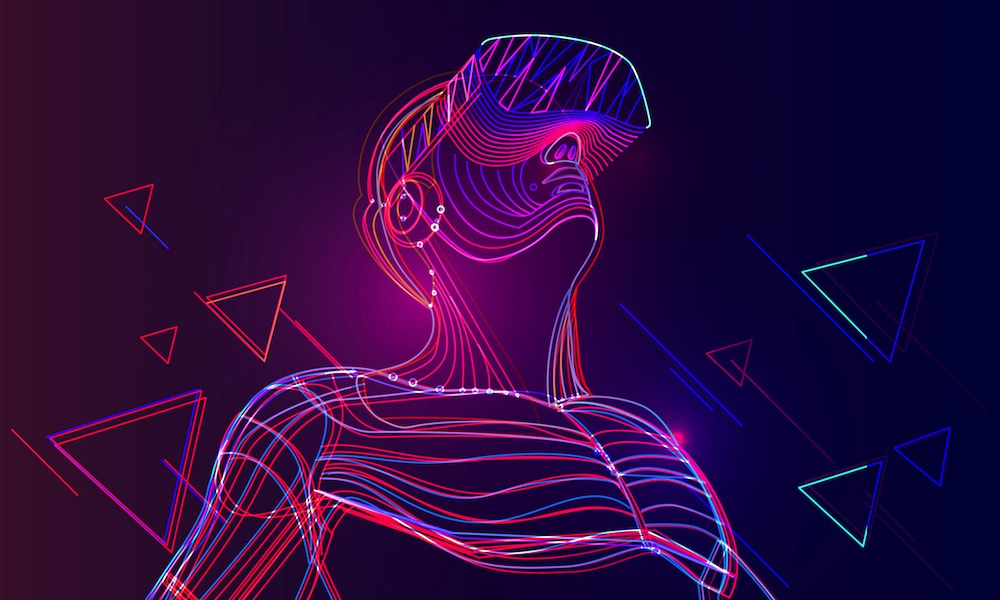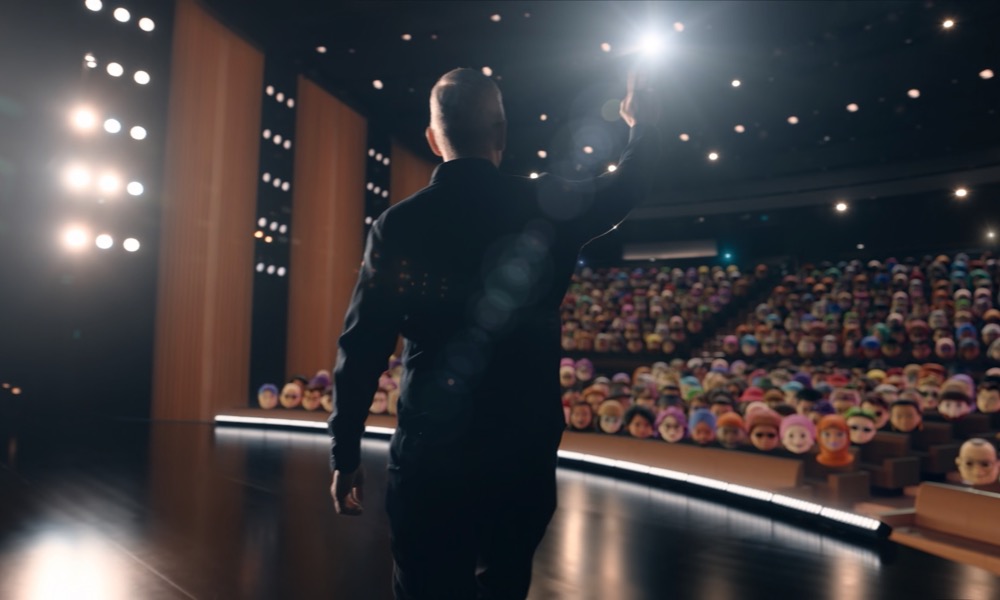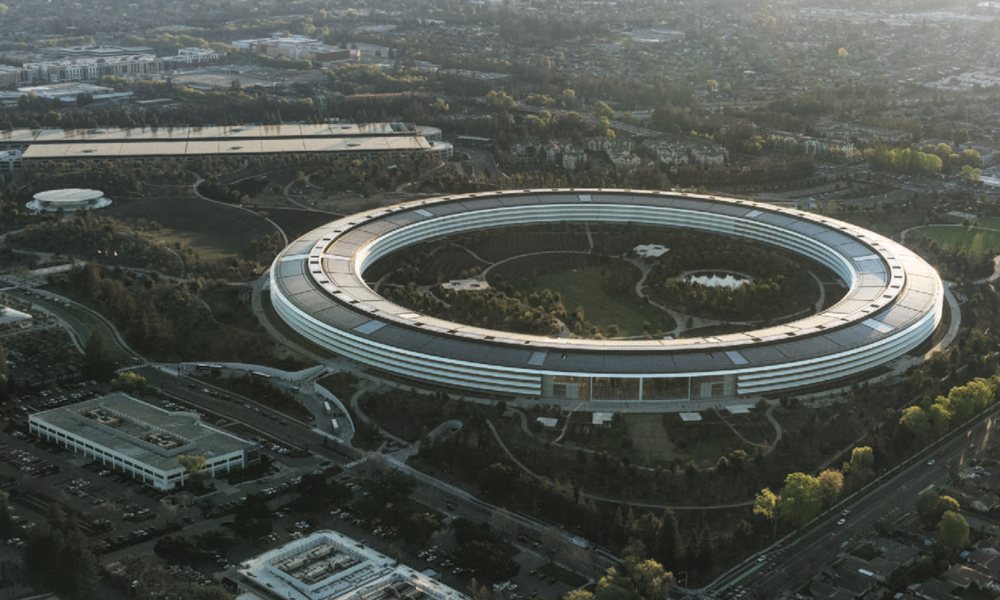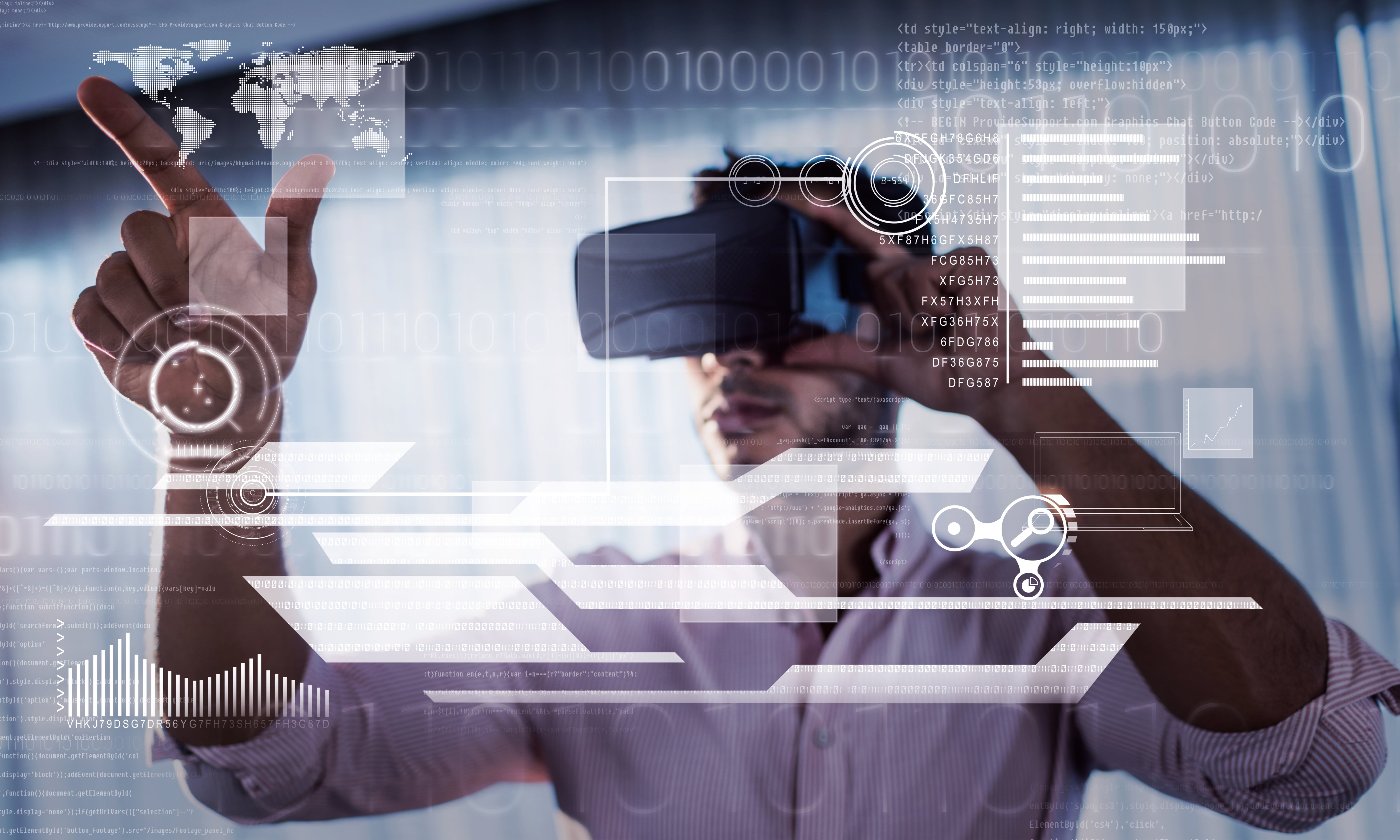Can Apple’s AR/VR Headset Succeed Where Others Have Failed? | Insiders Have Their Doubts
 Credit: Andrush / Shutterstock
Credit: Andrush / Shutterstock
Toggle Dark Mode
The rumour mill has been abuzz for years about Apple’s plans for a mixed-reality headset that could revolutionize mobile computing for a new era in the same way the iPhone has shaped technology in the 15 years since its debut. However, some within Apple have been questioning whether folks may be expecting too much from the Cupertino tech giant.
Certainly, Apple has a long history of pulling rabbits out of its hat. The original iPhone was an indisputably magical device, arriving at a time when most smartphones were clunky and ugly keyboard-laden affairs. The iPad brought that same experience to a larger screen, effectively defining the modern tablet, and today the Apple Watch adorns three times more wrists than any other smartwatch.
So, it’s pretty easy to understand why many folks are expecting Apple to hit another home run with its first foray into a true augmented reality wearable. Sure, Google tried and failed with Google Glass, and Microsoft’s HoloLens and Meta’s Quest Pro haven’t lived up to their promised potential. However, the same would have been said of Windows Mobile and Blackberry in 2006 — the year before Apple released the iPhone to show everyone how a smartphone should be done.
To be fair, not every one of Apple’s products has been a runaway success, but those that have fallen by the wayside are mostly from a bygone era, and more recent ones, such as the original HomePod, were second-tier products to begin with. Apple’s flagship lineup: the iPhone, iPad, Mac, and Apple Watch, are all at the top of their game.
Apple’s string of successes has created a great deal of hype around its first mixed-reality headset, despite the fact that we already know it’s going to be well out of the price range of the average consumer, likely carrying a price tag of $3,000 or more. However, the dream is that this first-generation headset will lead to a more accessible, lower-cost version down the road.
That’s not entirely implausible, as Apple does have a history of playing the long game, and it’s dipped its toes into the water slowly with new products before only to later build them into massive successes. We saw this with the original iPhone and Apple Watch; however, neither of those shipped with asking prices that were nearly as high as what we’re expecting Apple’s headset to sell for.
Skepticism at Apple Park
Those analysts and pundits who have questioned Apple’s headset strategy aren’t alone, as there appears to be some dissension even within the ranks of Apple’s management, design, and engineering teams.
Reporting for The New York Times, Tripp Mickle and Brian X. Chen describe conversations they’ve had with at least some folks within Apple who aren’t convinced that the upcoming headset will live up to the company’s reputation for producing world-changing devices.
According to the Times, at least some folks within Apple’s ranks have expressed concerns about the high price tag and what will be its key selling points.
But now, as the company prepares to introduce the headset in June, enthusiasm at Apple has given way to skepticism […] There are concerns about the device’s roughly $3,000 price, doubts about its utility and worries about its unproven market.Tripp Mickle and Brian X. Chen, writing for The New York Times
While Apple doesn’t usually have difficulty commanding a high price tag for its premium products, it’s also traditionally been quite adept at building practical solutions. It rarely puts forward new technology for its own sake, and it sounds like some are concerned that this is what Apple’s headset may become — a device intended to check off a box against the competition rather than something that fulfills a real need that people have.
Some internal skeptics have questioned if the new device is a solution in search of a problem. Tripp Mickle and Brian X. Chen, writing for The New York Times
Steve Jobs was particularly famous for speaking of the things that Apple wouldn’t do, and then later turning around and doing them when he figured out a way to make it work for mass market consumers.
For instance, while many rival portable media players beat the iPod in offering video playback, those early attempts required more advanced technical skills to convert videos and load them on. Jobs repeatedly dismissed this as too complicated for most folks, only releasing a video-capable iPod after he made deals to sell movies and TV shows on the iTunes Store.
That wasn’t merely a money grab, either. Like today’s iPhones and iPads, those early iPods could play any video format if you were willing to put the usual effort into converting your own videos. However, it was clear that Jobs wanted to make sure that this was something most iPod owners would be able to do, even if it meant they needed to buy that content from Apple. There’s no way copyright holders were about to let Apple build movie DVD-ripping features into iTunes, so the iTunes Store was the only legitimate option available.
Apple followed the same playbook with the iPhone, focusing on the few things that mobile device users needed to do — calling, texting, browsing, and listening to media — and doing them brilliantly well. The iPhone revolutionized the smartphone industry not because it was a cool piece of technology, but because it made advanced technology more accessible to the masses.
It’s more of an open question whether Apple’s new headset will fit into that space. While Apple’s end game is almost certainly a more normal-looking pair of spectacles — the so-called “Apple Glass” — the technology to pull that off is still years away. For now, we’re going to get a rather clunky affair that’s more like a pair of ski goggles. This isn’t a device that you’ll want to wear regularly even around the house, much less out in public. That makes it a very different animal from most Apple products.
Despite nearly a decade in the making, sources told the Times that Apple’s headset “hasn’t been driven by the same clarity,” as products like the iPhone. Many aren’t even quite sure why Apple is making it, much less what its tentpole features will be to convince early adopters to buy in.
Apple has reportedly focused on “making it excel for videoconferencing and spending time with others as avatars in a virtual world.” This is one of the signature apps, which it calls “copresence,” but the catch is that everybody in the virtual world has to have their own Apple headset — at $3,000 a piece.
Single-user applications are said to include creative tools for artists, designers, engineers, and cinematographers that will let them “draw freely in space in image-editing applications” and use hand-gestures for manipulating other virtual objects when editing films. Apple may also be in talks with Hollywood filmmakers to produce custom video content designed exclusively for the Apple headset.
Forging Ahead
Nevertheless, Apple appears to be ramping up toward the rumoured June unveiling of its headset. According to Bloomberg’s Mark Gurman, Apple had a “momentous gathering” last week in the Steve Jobs Theatre to show off the headset to its highest-ranking executives.
Known as the ”Top 100,” it’s the same select group of executives that the Times notes first saw the concept video for the headset at a company corporate retreat in California’s Carmel Valley five years ago. However, while Apple’s most senior executives have gotten a peak at the project annually since 2018, and the Board of Directors was reportedly shown a prototype last spring, Gurman notes this is the first time the entire Top 100 has seen the actual headset.

While Gurman describes the demonstrations as ”polished, glitzy, and exciting,” he also notes that Apple’s executives don’t seem to be under any illusions about Apple’s uphill battle in this product category.
The device will start at around $3,000, lack a clear killer app, require an external battery that will need to be replaced every couple of hours and use a design that some testers have deemed uncomfortable. It’s also likely to launch with limited media content. Mark Gurman
It’s one of the first times Apple won’t be entering an established market, which means it will be undertaking the challenge of showing off a product while also explaining to people what it represents and why they might actually need it.
Apple walked a similar road with the original Apple Watch, which came in an era when people had a much vaguer understanding of the advantages of smartwatches. However, the concept behind the Apple Watch — a device you wear on your wrist that displays information — had already been cemented in society decades earlier. Nevertheless, the Apple Watch began its life as more of an iPhone companion; it was only after Apple saw how people were using the wearable that it morphed into the fitness and health device that it’s become.
The Apple AR/VR mixed-reality headset will likely have to follow a similar strategy, with Apple getting its first-generation product out there to see what users and developers do with it, and then using that information to build a follow-up version to appeal to a wider range of consumers.
[The information provided in this article has NOT been confirmed by Apple and may be speculation. Provided details may not be factual. Take all rumors, tech or otherwise, with a grain of salt.]











